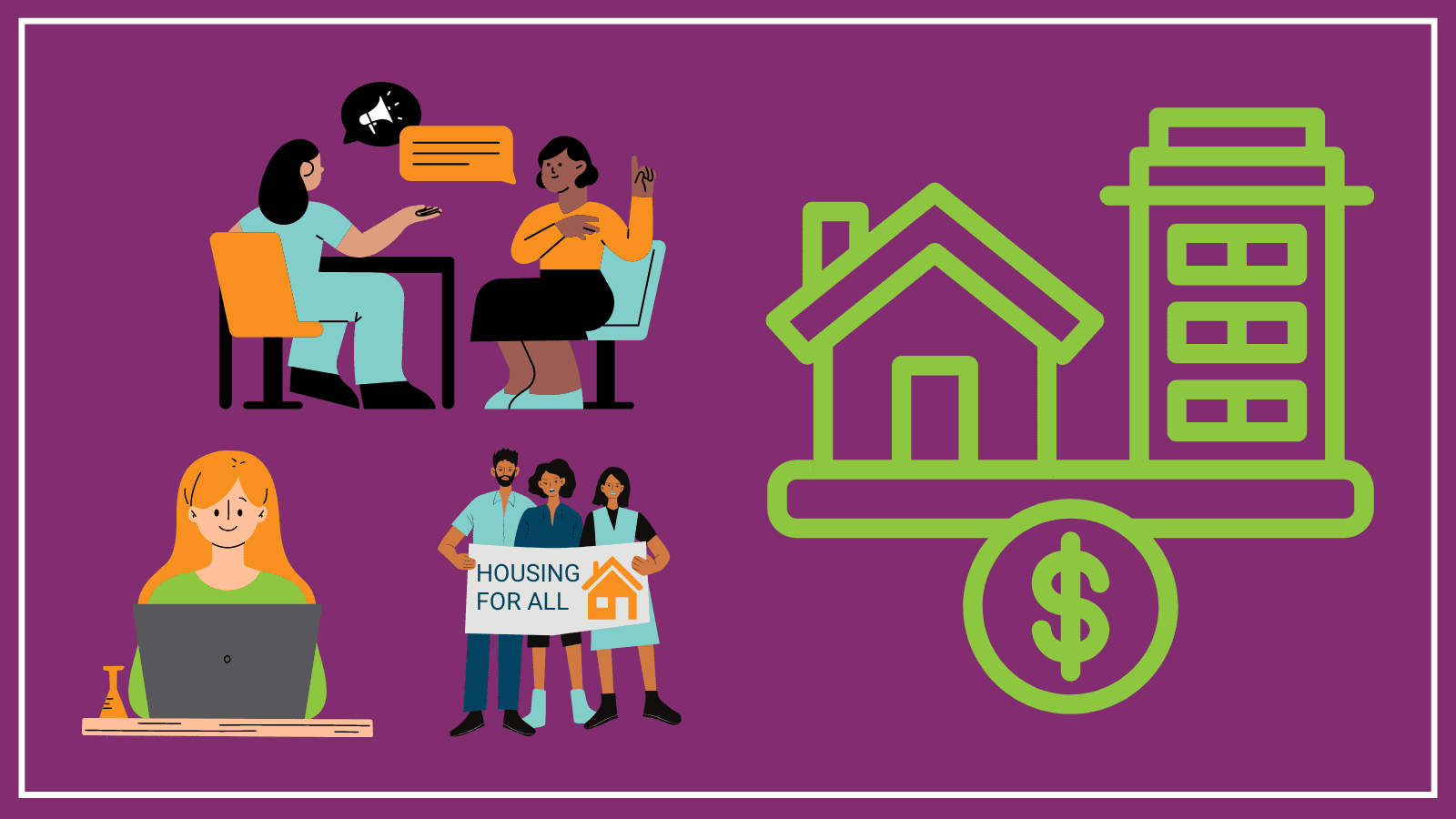The problem with privatizing child welfare: A reflective case study
ONN’s public policy agenda spotlights anti-privatization of public-funded services as a key area of focus for the organization’s advocacy. It has emerged as a focus area in response to parts of our care systems, normally nonprofit and/or public sector driven, being increasingly commercialized, where financial gain and profits are at the centre of service provision, rather than people.
In 2024 in my role as a new Policy Advisor, I took on the anti-privatization file for ONN. In an effort to deepen ONN’s work, we invited our network to share what they were seeing and hearing on the ground in relation to privatization in their communities. Laidlaw Foundation reached out to us expressing particular concern about the privatization of the child welfare system and its significant impact on Black, Indigenous, and other racialized families.
While not a subject matter that ONN, Laidlaw, or I am familiar with, we embarked on a joint exploratory journey to better understand the impacts of privatization on Ontario’s child welfare system and the families it serves. This work is twofold: firstly, an effort to bolster Laidlaw’s advocacy, and secondly, an opportunity for ONN to better understand and contribute to designing broader anti-privatization advocacy tactics for the sector.
To be clear, this uptake in privatization is not a new, partisan, or unique trend in Ontario or around the globe. Since the eighties, across the world we have seen governments taking up neoliberal policies that encourage privatization of social services in the name of saving taxpayers’ money, streamlining services, and downloading programming from government hands. Unfortunately, what often ends up happening is that more taxpayer money is spent while service quality diminishes.
What did we learn?
When I embarked on this research journey, I expected similar circumstances and outcomes as we’ve seen previously in the child care and health care sector: clear evidence that privatization hindered better outcomes for clients. Instead, what we learned was that while privatization exists in the child welfare sector, the overall sector is so underfunded, lacks transparency and accountability, and is steeped in antiquated notions of what “child welfare” means, that it’s hard to parse out what is the impact of privatization versus what is the result of bad actors existing across the system. Some might be bad actors because of their for-profit model, others because the system is broken, and some because they are taking advantage of a broken system. Underfunded and broken systems are often breeding grounds for increased privatization, and this can then lead to existing problems being exacerbated.
With most other social service sectors in Ontario, it has been easier to blame private actors for the issues we see, but this case is different. The child welfare sector has proven to be more complex, more nuanced, and has a very different history. Most importantly, this sector is specifically focused on caring for vulnerable children, particularly children from equity-deserving and equity-denied communities who in a majority of circumstances are not using these programs by choice. This unique context adds a complexity to privatization that I hadn’t seen before. This gave me the opportunity to step back and ask myself how do we advocate for and alongside a sector with such complex needs and issues, rooted in problematic, historical systemic barriers? The first step, I realized, was helping to bring light to the issue of privatization in the sector itself.
New blog
What’s come out of our collective work is a new blog from Laidlaw Foundation. The blog highlights how years of many Ontario governments opening the door for child welfare service delivery to for-profits has worked to create a fractured child welfare system that has only further traumatized children and families, specifically those from Indigenous, Black, and other racialized communities.
Advocacy efforts
So, where does the child welfare sector stand now? In 2022, Ontario’s then Minister of Children, Community, and Social Services, promised a redesign of the province’s child welfare system. However, since then only a vague timeline for redesign has been shared.
In response to workers’ strikes, chronic underfunding, and continued government audits in place of action, multiple organizations have brought attention to the dire state of the child welfare system, including organizations like OPSEU and CUPE.
This past fall, the Ontario Association of Children’s Aids Societies (OACAS) and 28 partners wrote an open letter to the premier. The letter emphasized the need for the Ontario government to better support children and families by taking a cross-ministerial approach to ensure that community-based organizations and service providers across the province have the adequate resources (i.e., funding, staff) needed to truly respond to the needs of their clients. The recommendations included targeted investments into communities, ensuring access to specialized services for children with complex needs, improving access to prevention and early-intervention programs, and the development and promotion of integrated, wraparound approaches to service delivery.
Reinstate the Office of the Provincial Advocate for Children and Youth
One of the best ways to begin addressing the issues the child welfare system is experiencing is to bring back the Office of the Provincial Advocate for Children and Youth. In 2018, the government announced it would repeal the Provincial Advocate for Children and Youth Act, 2007 and would be closing the advocate’s office. This left Ontario, the largest province in Canada, as the only province without an independent child advocate. The office held the provincial government accountable while offering Ontario youth-in-care one of the only official mechanisms to which they could advocate and be advocated for. With the dismantling of the office, youth are now directed instead to the Ontario Ombudsman, a much bigger office with much less experience in, and focus on, child welfare.
It is ONN’s hope that, through the revival of this office, more concerted efforts can be made to invest deeper into the child welfare sector, realizing the priorities laid out by OACAS. Additionally, the revival of this office could provide the opportunity to advocate for more transparency and the goal of removing bad actors from the sector altogether.
Conclusion
Despite the complexity of this case study, one thing is certain: the introduction of profit-seeking organizations into our care systems remains a dangerous and unsound policy choice. For those of us working in the sector, and especially for front-line workers, it’s vital that we continue to call out privatization and its ills so we can not only push back against its efforts, but also protect our community services, like the child welfare system, and the people they serve.
This case study also highlights that not every case of privatization of social services is going to be as explicit as health care, and it is vital that we study and discuss the complexities of each case so we don’t surge forward with advocacy plans or solutions that do not fit the unique needs of each sector. This has been a lesson in lifting up the hood and looking deeper: privatization is just one of many issues affecting the child welfare system, but it is one that is easy for us to spot and remove.
In the end, this exercise reiterated the importance that when we advocate for our care sector we advocate for transparency, decent work, and meaningful and targeted investments, as well as a care sector that places people over profits.






